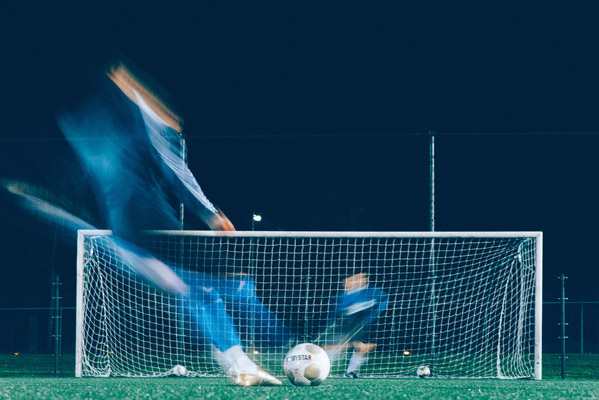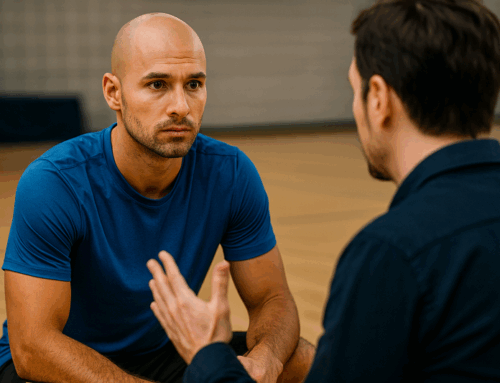This article was written by Manuel Dupuis, a sports psychologist and mental coach in football since 2003 for players at both amateur and professional levels, as well as for clubs. He is also a performance psychology trainer for the Association of French-speaking Football Clubs, within the framework of UEFA A and continuing education programs.
Mental and Set Pieces in Football: How to Manage?
While mental strength is crucial in football for players and teams to leverage their technical and physical potential in matches, set pieces are even more influenced by it.
These are executed better if the player:
- is mentally relaxed
- is focused on the objective
- has self-confidence
- uses mental imagery (see below)
Players vary in their stress and concentration management, and each individual can improve through mental training.
Routines Enhancing Technique
A player who establishes a pre-set routine before a set piece (penalty, free-kick, corner) will increase their chances of utilizing their technical potential.
- For instance, they can practice a few breaths and a positive body posture to attain mental relaxation and confidence.
- They can also engage in positive mental visualization. By mentally activating an image of confidently and resolutely taking the shot, the player prepares their body for an improved movement.
- To gain confidence, they can also use an anchoring resource.
The ritual should be established and regularly practiced.
Stress Management for Penalties in Football
80% of missed penalties are attributed to stress by players.
If the level of tension, often linked to the stakes, surpasses a comfort zone where the player controls their movements, the footballer may suddenly lose their technique. Elevated respiration and muscle contractions can disrupt movement and concentration.
Before a penalty: a few breaths or an anchoring resource are very effective in reducing stress and building confidence.
Mental Imagery in the Routine
In the case of a penalty, activating an image of oneself with full confidence at the moment of taking the shot is useful, as it frees the player.
Motor imagery is also highly effective when the player pre-determines where they will kick the ball: they can then imagine themselves running up in real-time, activating the same bodily sensations as the actual movement, and visualizing the trajectory of the ball to the precise spot they chose.
It’s crucial that the player actually kicks the ball as they imagined, as their body has been pre-activated for it.
Other articles related to mental preparation in football:




